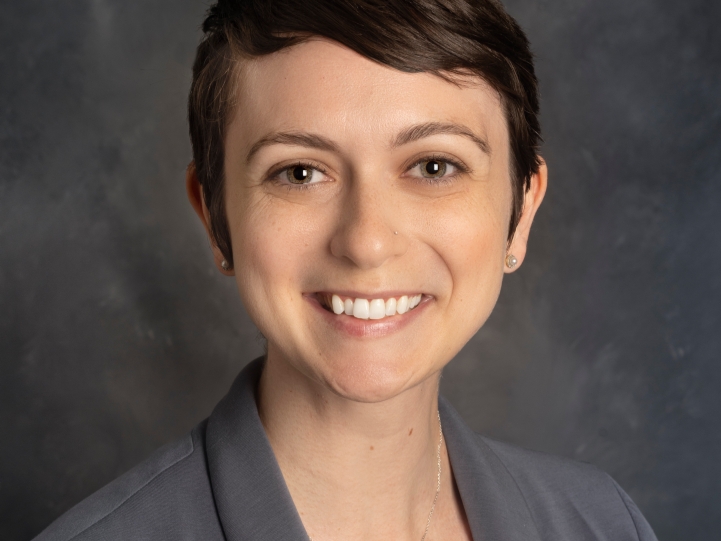
A Tool for Centering Behavior Change in Peer Education
August 7, 2023

A Tool for Centering Behavior Change in Peer Education
By: Molly Dunn, M.Ed
Associate Director for Peer Leadership and Student Well-Being Programs, University of South Carolina
I inherited a well-established peer education program full of passionate students when I started at the University of South Carolina two years ago: The Changing Carolina Peer Leaders (CCPL) program has been part of the Gamecock community for more than ten years, and our educators connect with thousands of their peers each year through outreach on mental health, general wellness, sexual health, and healthy relationships. While they facilitate health and well-being presentations in first-year student classrooms and develop content for social media, the vast majority of their time is spent developing original outreach tabling events.
These students had razor sharp instincts on how to set up an appealing table and the kinds of activities that would draw their peers in (perhaps most memorably including “dildo ring toss”); they also had enough passion for making change on campus to make any higher education professional proud. All they were missing was a tool for marrying those gifts with best practices for health promotion.
To try to fill that gap, we used two public health theory staples to frame our thinking: the Health Belief Model and the Precede-Proceed Model. We then scaled the tool down to be functional for an interdisciplinary group of undergraduate students and achievable in a one hour-long weekly meeting.
We landed on a tool with the following questions:
-
What single specific behavior do we want to impact within our larger topic of interest?
-
Why would a USC student want to start this new behavior?
-
What might prevent a USC student from starting this new behavior?
-
What specific information and campus resources do we want the student to leave with?
-
What is our 20 second or less pitch on the focus and purpose of this table (if it needs more than 20 seconds, we are doing too much)?
Here are examples of how we applied this tool to develop two tabling events in Spring 2023, one on tips for making new habits stick and one on destigmatizing HIV.
|
Prompt |
Example: Habit Hacks Table |
Example: Destigmatizing HIV Table |
|
1. What single specific behavior do we want to impact? |
Applying an intentional strategy to forming a new habit |
Decrease judgment toward a positive HIV status |
|
2. Why would a USC student want to start this behavior? |
Increases the likelihood that your new habit will stick |
Better support community members with HIV by reducing stigma |
|
3. What might prevent a USC student from starting this behavior? |
Making goals that are too big and broad; no intrinsic motivation for the new habit |
Cultural stigma against HIV positive status; historical association with the LGBT community; lack of knowledge about HIV transmission |
|
4. What information and resources do we want the student to leave with? |
Information: Make it satisfying, make it easy, make it obvious Resources:
|
Transmission methods, how and where to get tested, medication Resources:
|
|
5. 20 second elevator pitch |
The goal of this tabling event is to give students tools to make sticking with new habits easier. Starting a new behavior is HARD. If you’ve tried to start a new habit and have had trouble following through, you are not alone! Today, we’re talking about specific strategies you can employ to help make your habit stick long-term. |
Many people have negative opinions about HIV, but this usually comes from a lack of understanding about its transmission and the treatment options available. This is dangerous because it can keep people from getting tested and treated for HIV. We’re here to educate about and destigmatize HIV, as well as answer any questions you may have! |
This tool has been an effective launch pad to build programs that equip students across campus with thoughtful and specific strategies for behavior change. My students report feeling more confident and in command of the material at our outreach events. Their favorite part? We didn’t have to get rid of dildo ring toss– we just shifted it from the main event into a vehicle for relevant topic trivia.
While you do not have to use this tool, it is important to be intentional with the design of your program and to keep in mind not just what will be shared but how, and I feel that this tool helps students to develop more engaging yet relevant programming. Share your thoughts about this tool, feedback from your students if you decide to implement it, and any suggestions to improve this tool!
Connect with me by emailing md67@mailbox.sc.edu to braInstorm ideas to adapt our materials to your campus or to learn more about the CCPL program.